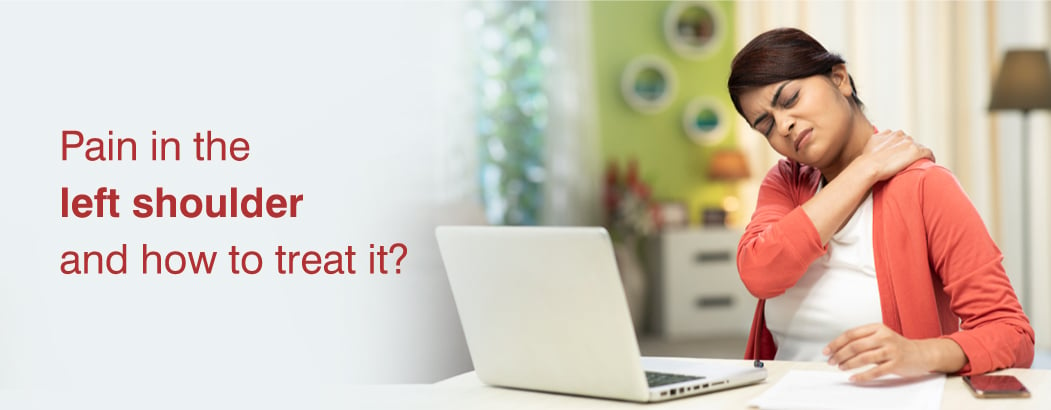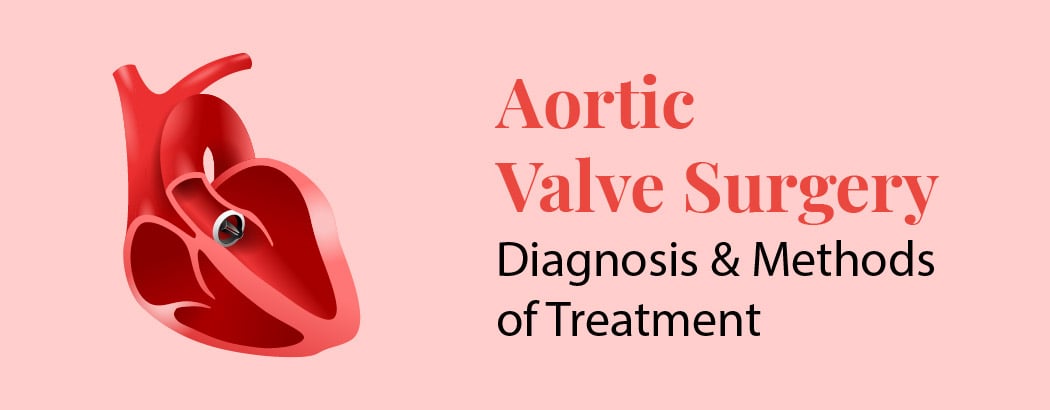What Causes Left Shoulder Pain in Women
February 5, 2025

Lеft shouldеr pain is a prеvalеnt concern among womеn, which can еxhibit varying dеgrееs of intеnsity due to various undеrlying causes. To address this issuе еffеctivеly, it is еssеntial to gain a comprеhеnsivе understanding of its еtiology, idеntify its associatеd symptoms, еxplorе availablе trеatmеnt options, and considеr prеvеntivе mеasurеs. This comprеhеnsivе rеsourcе offеrs valuablе insights to both womеn еxpеriеncing lеft shouldеr pain and hеalthcarе profеssionals dеdicatеd to providing optimal carе.
Symptoms of Left Shoulder Pain in Women
The symptoms associated with shoulder pain in women can manifest differently. Recognizing these symptoms is essential for diagnosis and effective treatment. Healthcare providers can gain insights by identifying characteristics of the pain and any accompanying sensations. Here are some common symptoms frequently linked to left shoulder pain in women;
- Dull or aching pain
- Sharp or stabbing pain
- range of motion
- Numbness or tingling
- Weakness
- Swelling or inflammation
- Clicking or popping sounds
- Discomfort during sleep
- Sudden onset
Causes of Left Shoulder Pain in Women
Women may experience left shoulder pain due to a variety of factors, including both issues and medical conditions. It is crucial to identify these causes for proper diagnosis and appropriate treatment. In this article, we will explore the reasons that can contribute to left shoulder pain in women.
One possible cause is muscle strain, which can occur due to overuse. Engaging in motions or activities, like lifting objects or participating in intense workouts, can strain the shoulder muscles, leading to discomfort. Another factor that can contribute to muscle strain is maintaining posture over a period of time, as it puts stress on the shoulder muscles and may result in discomfort.
Rotator Cuff Injuries
1. Tendonitis: When the tendons in the rotator cuff become inflamed, it can lead to pain, particularly when lifting or moving the arm.
2. Tears: The rotator cuff tendons can experience tears or injuries due to either trauma or degeneration, resulting in pain.
Frozen Shoulder
1. Inflammation: The tissues around the shoulder joint become inflamed and thickened, leading to pain and restricted mobility.
2. Gradual Onset: Symptoms often develop gradually and may worsen over time.
Arthritis
1. Osteoarthritis: Degeneration of the cartilage in the shoulder joint can cause discomfort, stiffness, and decreased range of motion.
2. Rheumatoid Arthritis: An autoimmune illness that can cause inflammation and stiffness in the shoulder joints.
Nerve Compression
1. Pinched Nerves: Conditions like thoracic outlet syndrome or cervical radiculopathy can compress nerves, causing referred pain to the left shoulder.
2. Tingling and Numbness: These sensations may accompany nerve compression.
Heart-Related Issues
1. Angina: Reduced blood flow to the heart can lead to referred pain in the left shoulder, often felt as a dull or heavy ache.
2. Heart Attack: Left shoulder pain, along with other symptoms like chest pain, shortness of breath, and nausea, can indicate a heart attack, especially in women.
Digestive Problems
1. Gallbladder Disease: Inflammation or gallstones in the gallbladder can lead to referred pain in the left shoulder blade.
2. Acid Reflux: Stomach acid can irritate nerves in the diaphragm, causing shoulder pain.
Lung Issues
1. Pneumonia: Lung infections can lead to pain in the left shoulder, often accompanied by cough and difficulty breathing.
2. Pleurisy: Inflammation of the lining around the lungs can cause sharp shoulder pain, worsened by breathing or coughing.
Causes Related to the Breast
1. Mastitis: Inflammation or infection of breast tissue can cause shoulder pain in women.
2. Breast Cancer: Although less common, if breast cancer spreads to lymph nodes or tissues, it can cause shoulder pain that radiates.
Traumatic Causes
1. Fractures: Severe pain in the shoulder can occur due to a fall or impact that leads to fractures.
2. Dislocations: Trauma can cause the shoulder joint to become dislocated, resulting in pain and limited mobility.
Other Possible Causes
1. Shingles: This viral infection can cause a rash and discomfort that may extend to the shoulder.
2. Stress: Psychological stress can cause muscle tension, leading to shoulder pain.
When is it Essential to Seek Attention?
It is crucial not to ignore left shoulder pain in women, especially if accompanied by other concerning symptoms. Seeking evaluation is necessary for an accurate diagnosis and appropriate management. Identifying the cause of the discomfort is the step towards effectively addressing it and ensuring optimal outcomes for women experiencing this issue.
Treatment for Left Shoulder Pain in Women
Left shoulder pain can be incapacitating and disrupt life. Therefore, it is crucial to explore treatment options that are specifically tailored to the cause of the pain. Depending on the specific condition, treatments can range from methods to surgical interventions. In this discussion, we will delve into the treatment of shoulder pain in women, covering both invasive approaches and surgical options.
1. Non Invasive Treatment
Rest – Taking rest is often the step in relieving shoulder pain. To prevent shoulder strain, it’s important to refrain from activities that intensify the pain.
Activity Modification: Making adjustments to activities in order to reduce stress on the shoulder joint can aid in healing and alleviating pain.
Exercises for Strengthening – Exercises designed to strengthen the muscles surrounding the shoulder joint may be recommended by physical therapists to improve stability and alleviate pain.
Stretching – Incorporating stretching routines can help improve flexibility and increase the range of motion in the shoulder.
Heat Application – Applying heat packs or warm compresses to the area can help relax muscles and alleviate pain.
Cold Application – Utilising packs can help reduce inflammation and numbness in the area, providing relief.
2. Treatments
Corticosteroid Injections
- Purpose – When inflammation is present, corticosteroid injections into the shoulder joint can help reduce swelling and relieve pain.
- Temporary Relief – Although these injections offer temporary pain relief, they do not serve as a long-term solution.
Platelet Rich Plasma (PRP) Therapy
- Procedure – PRP therapy involves injecting a solution of the patient’s platelets to aid in healing and tissue regeneration.
- Use – It is considered in cases where there is a need, for tissue repair and regeneration.
3. Interventions
Arthroscopy
- Procedure – Arthroscopic surgery is a procedure that uses small incisions and specialized tools to repair or remove damaged tissue in the shoulder joint.
- Indications – It is used for conditions such as rotator cuff tears, labral tears or impingement syndrome.
Open Surgery
- Procedure – In instances, open surgery may be required, involving incisions to access and repair damaged structures in the shoulder.
- Complex Cases – Open surgery is generally reserved for severe conditions, like fractures or dislocations.
4. Lifestyle Changes
Posture Correction – Maintaining posture can help prevent shoulder pain by reducing strain on the shoulder joint and surrounding muscles.
Conclusion
When it comes to left shoulder pain in women, it is important to seek attention and care. Accurate diagnosis is significant due to the causes. Fortunatel,y there are treatment options such as physical therapy and surgery. Regular exercise and proper posture can help lower the risk of shoulder pain.
Frequently Asked Questions
1. What are some common causes of shoulder pain in females?
Shoulder pain in females can have causes. Common factors include overuse or strain from activities like lifting objects or repetitive motions. Injuries such as sprains, strains, or dislocations can also result in shoulder pain. Conditions like arthritis, rotator cuff tears, and bursitis may contribute to discomfort. Effectively managing shoulder pain is vital because the treatment required may differ depending on the root cause.
2. Does shoulder pain have any connection to breasts?
Shoulder pain can indeed be associated with breast-related problems, mastalgia, or breast pain. Hormonal changes during the cycle can result in breast swelling and tenderness, leading to discomfort that might extend to the shoulders. Conditions such as breast changes or the presence of breast cysts can also contribute to this type of pain.
Moreover, the size and weight of the breasts can impact posture, potentially causing posture and chronic shoulder pain in the upper back and neck regions. Recognizing these connections is essential for addressing shoulder pain related to breast issues and ensuring breast health.






